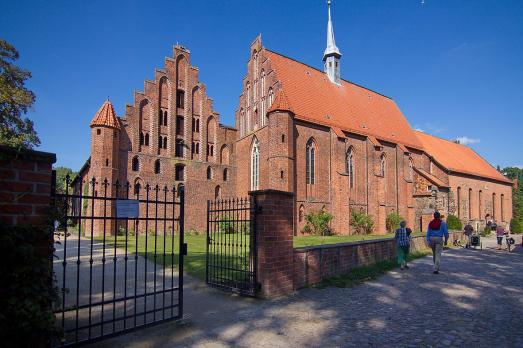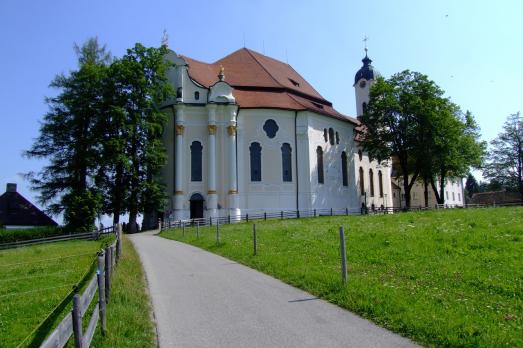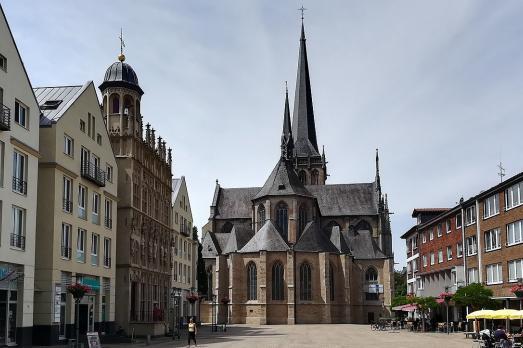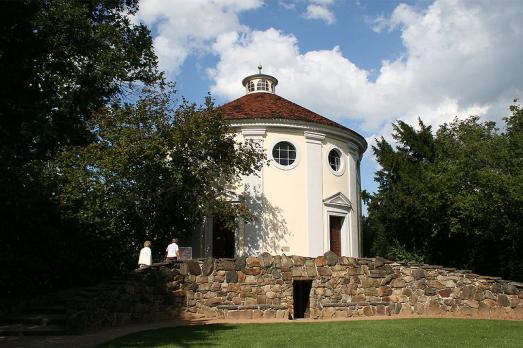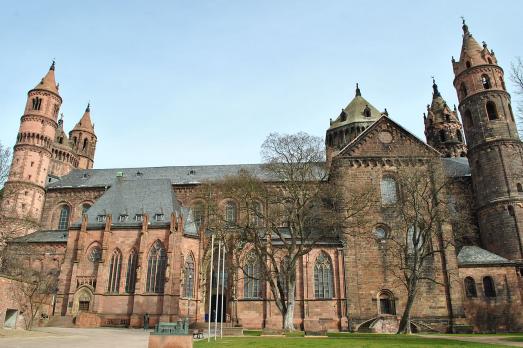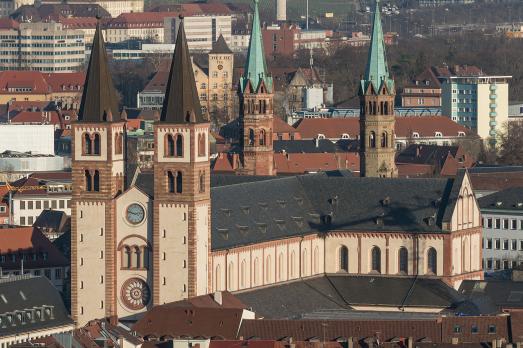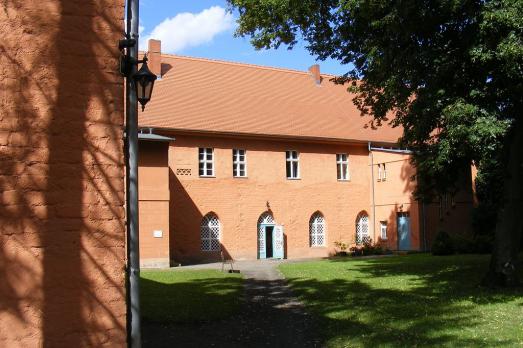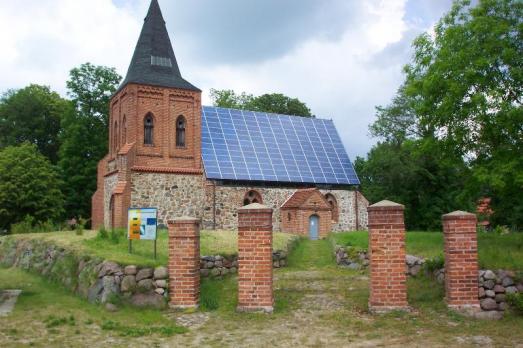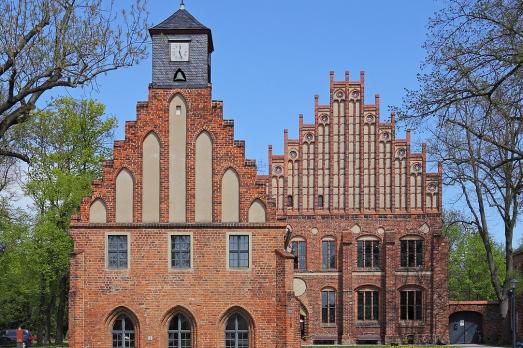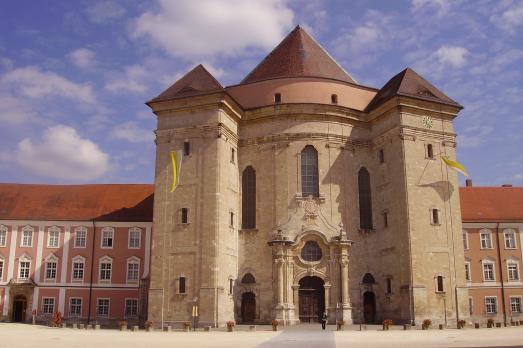
Wiblingen Abbey
Wiblingen, DE
Wiblingen Abbey was founded in 1093 by Counts Hartmann and Otto de Kirchberg. Throughout the Middle Ages, the abbey became famous for its school activities and its strict adherence to the rule of St. Benedict, which made it a stronghold of the Benedictines in Germany. From 1714 onwards, the abbey was modernised. Most of the monuments were transformed into Baroque style, except for the church, which was restored in neoclassical style. The famous library to the north of the abbey was also designed by Wiedemann and completed in 1744. The facade of this building was modelled on that of the Vienna Imperial Library.
